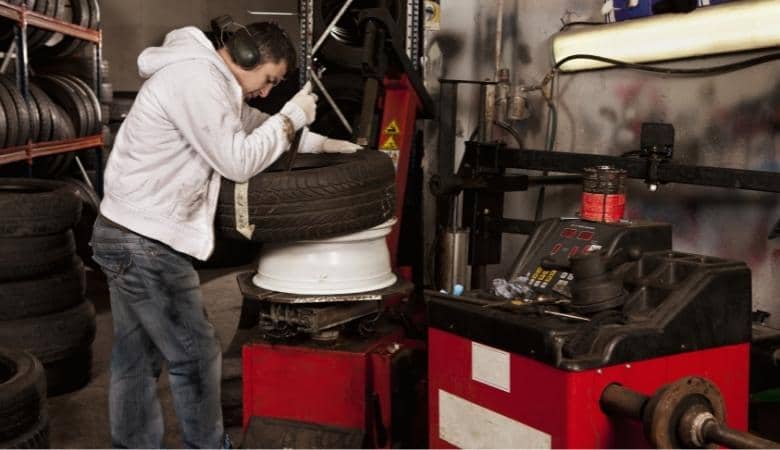Is it possible to maintain your rims and only swap out your tires? Yes, that’s simple, but you’ll need to know how tire sizes operate to do it. Don’t worry, I’ll explain everything in simple terms.
On the same rim, you may use a different tire size. However, the inner bead diameter of your car’s rims must match the new tires. Before you do anything, you must thus have the tire dimensions.
This piece equips you with all the necessary information you need. Stay tuned for more details!
Things to be Aware of When Changing Tire Size on Your Car
Even though it’s possible to change tire size on the same rim, you must be aware of the possibility that things will change and/or go wrong.
Consider the following scenario; you wish to purchase bigger tires – ones with a greater outer diameter. Of course, if the inner bead diameter of the beads is the same as the diameter of your rims, they’ll fit perfectly.
However, the following are things that might happen if you change tire size:
Longer Time to Complete Rotations
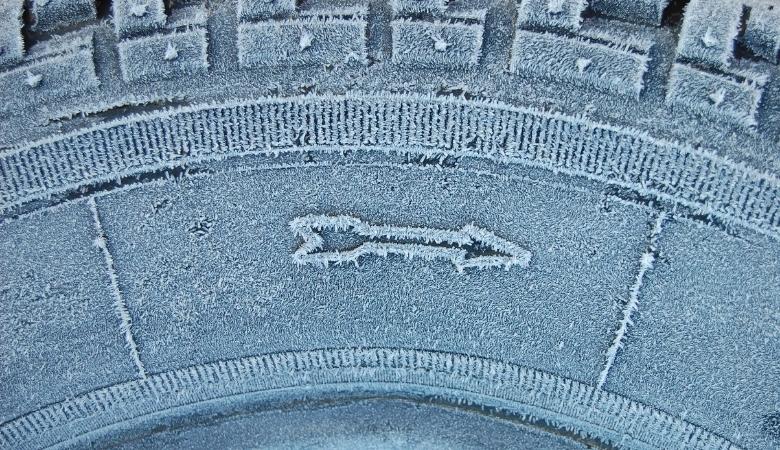
Because the tires have a wider outer diameter, it will take longer for them to complete a full cycle of rotation.
Incorrect Readings
If your car’s rotations take a lengthy time, the computer in the vehicle will interpret inaccurate data. Aside from that, other systems might fail.
Incorrect Spirometer Readings
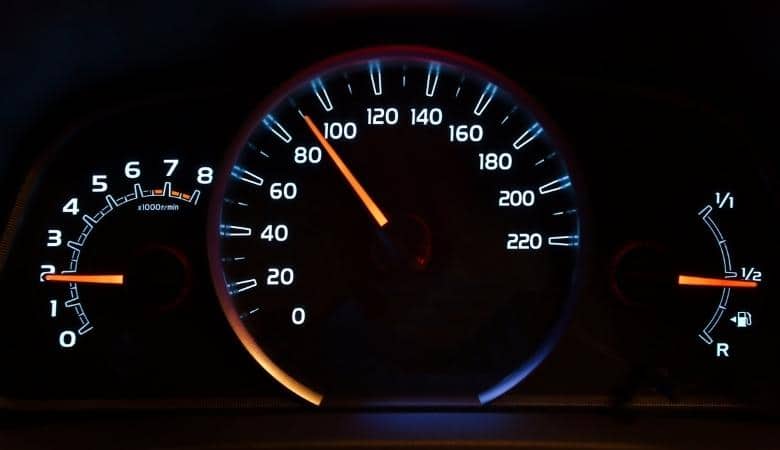
As an example, your speedometer will display slower speeds while you are driving. When compared to the rotation of your wheels, this is a significant difference.
Unsatisfactory Anti-Lock Braking Performance
Aside from that, the bigger tires will make it difficult for the anti-lock brakes to engage properly. This is especially imminent when you switch to this kind of tire on the same rim.
To prevent all these from happening, you need the right tire size. To get the right tire size, you have to understand how to read tire dimensions. Let’s get to it!
What Should You Consider When Choosing the Correct Tire Size to Use on the Same Rim?
To determine the proper tire size, you must first consider the physical specifications of the vehicle. Tires may be measured in three different ways. They are as follows:
- Section width
- Sidewall height (as % of section width)
- Inner bead diameter
1. Section width
This is the width of the mounted tire’s widest portion, which is measured between the inner sidewall and the outside sidewall of the tire. This measurement is commonly expressed in millimeters.
2. Sidewall height (as % of section width)
When presented as a % of the tread width, this refers to the height of the sidewall from the rim to the tread.
3. Inner bead diameter
The inner beat diameter is the length of the inner bead that connects the tire to the wheel, as implied by the name of the measurement.
Then there are some more considerations to take into account, which are as follows:
- Load index
- Speed rating
How to Find Your Cars Tire Size?
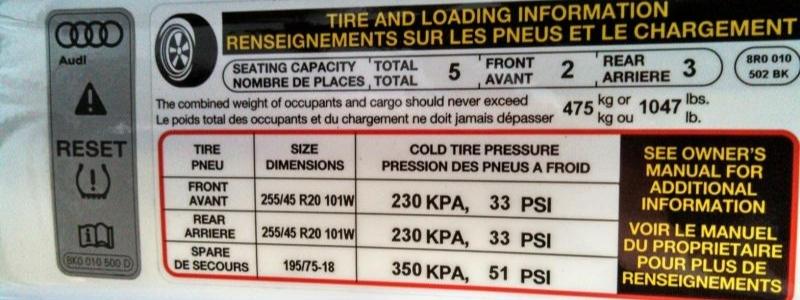
The company that makes your car recommends a tire size. For you to look at, they put that information in a few places where you can see it. The places are:
1. The door jamb on the driver’s side
There’s a sticker on the door of the driver’s side that contains your car’s tire size.
2. Inside the door of your glove box
You’ll likely find the tire size for your car in the glove box.
3. Within the car’s gas tank hatch
The tire size for your vehicle can also be found on the car’s gas tank hatch.
4. On the sidewalls of your current tires
Have you seen some letters and numbers on the side of your tires? No, they should be P225/60R/16 91S. If you are a fan of cars, you might call it the tire sequence.
Every single one of these symbols means something different in the tire.
- P refers to the Metric Tire Size
- 225 refers to the Width
- 60 refers to the Aspect Ratio
- R refers to the Construction
- 16 refers to the Rim Diameter
- 91 refers to the Load Index
- S refers to the Speed Rating
What Does The Tire Sequence Mean?
1. Metric Size(P)
P is often the initial letter of the serial number on numerous automobiles. P-metric refers to the fact that the vehicle is capable of transporting people.
What’s the significance of the P? One of the TRA’s designations is P, which stands for “P” in the acronym. As a result, passenger vehicles such as SUVs, cars, minivans, and light-duty pickup trucks should have tires beginning with the letter P.
Instead of P, you’ll notice the LT-metric on other automobiles. A light-duty vehicle would use these tires. Other vehicles capable of towing trailers and hauling hefty loads may benefit from them as well
There are also two other measures, T and ST:
- T stands for Temporary.
- ST stands for Special Trailer 2.
2. Width (225)
The width of your tire may be determined by multiplying this value by this measurement in millimeters. To put it another way, the breadth is the distance from one sidewall to the next. To put it another way, 225 refers to the nominal width of the tire.
3. Aspect Ratio
After the forward slash, you’ll notice the aspect ratio right next to the width. It’s a measurement of the tire’s height. Also, the % amount is based on the width, and it is expressed as a percentage. However, how do I go about it?
A tire’s height is divided by its width and multiplied a hundred times while creating tires. As a result, the aspect ratio is what they receive.
For example, in P225/60, the height of the tire is 60% of 225. For the tire’s height, we may use the following formula:
Height / Width * 100 = Tire Ratio
Height / 225 * 100 = 60
Height = 60 * 225 / 100
Height = 135 millimeters
4. Construction(R)
Tire stability is referred to as “construction” in the automotive industry. Radial and diagonal/bias ply construction are the two most common tire manufacturing methods. And this is what they’re referring to:
- Tires with radial spokes
Because they make up the great majority of tires sold in the United States nowadays, you’ll typically notice the R prefix on them. This signifies that the tire’s ply lines are radial and travel in the same direction as the tire’s circumference. To put it another way, the lines go from one curve to the next.
- Diagonal tires
The ply lines on this tire are running diagonally away from the tire’s center.
5. Rim Diameter (16)
Following the rim diameter in inches, we’ll have a look at the tire size. The rim is the component of the wheel into which the tire is inserted. To illustrate, we’ll use a P225/60R/16 91S tire on a 16-inch rim.
In addition to the standard rim diameter, there are further options. These include:
- 22-Inch
- 21-Inch
- 20-Inch
- 19-Inch
- 18-Inch
- 17-Inch
- 15-Inch
- 14-Inch
6. Load Index
The load index is a measurement of how much weight a tire can bear. Even so, can our tire only bear the weight of 91 pounds, if so? Let me explain why.
Indexes are not weights, but rather numbers. These numbers start from 0 and conclude with 150 In addition, each of the numbers corresponds to a certain weight.
For instance,
- Load Index 91 can support 1356 pounds
- Load Index 0 can support 99 pounds
- Load Index 10 can support 132 pounds
- Load Index 30 can support 234 pounds
- Load Index 50 can support 419 pounds
- Load Index 70 can support 739 pounds
- Load Index 90 can support 1323 pounds
- Load Index 110 can support 2337 pounds
- Load Index 130 can support 4189 pounds
- Load Index 150 can support 7385 pounds
7. Speed Rating(S)
Finally, the speed rating is the last character in the tire size sequence. Tire manufacturers set a speed restriction for your tire using letters. S can go up to 112 mph, while R can go up to 106 mph.
But don’t ignore the speed limit because you have S or R wheels.
What Tire Sizes Are Interchangeable on the Same Rim?
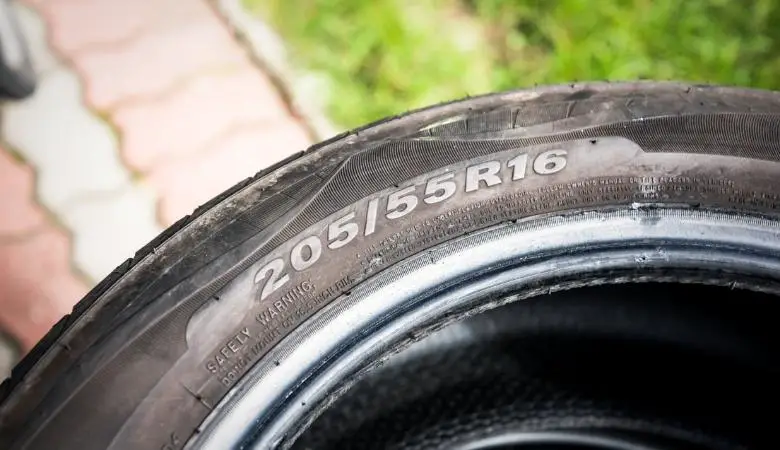
Interchangeable tire sizes are those with the same tire sequences. So, knowing the order of your tires is essential. Pick the ones that match your tires once you’re at the dealership.
It shouldn’t be an issue since you already know the alphabetic sequence. As a result, be certain the tires you’re replacing meet the following criteria:
1. Metric Size
Do not buy ST-metric tires for your car or P-metric tires for your RV.
2. Width
When purchasing a new set of tires, be sure to follow the manufacturer’s recommended tire width.
3. Aspect Ratio
The longer the aspect ratio, the thicker the tire. However, if your tire is longer, the car’s computer system will be messed up.
4. Construction
Except for a suspension modification, don’t combine constructions. Diagonal tires go on diagonal wheels, and vice versa.
5. Rim Diameter
The tire will not hold if the inner tire diameter does not match the rim diameter. As a result, if you want to use 16-inch rims, you must use 16-inch wheels alone.
6. Load Index
Check to see whether your tires are properly inflated to meet the manufacturer’s specifications. Why would you purchase a 91 if your car’s handbook recommends 110?
7. Speed Rating
Again, obtaining this information from your manufacturer might be beneficial.
Conclusion
Now you know whether you can keep your rims and go with a different size of tire. Keep the tire sequence in mind when you swap out the wheels.
Also, be sure to verify with your manufacturer. You may rely on them to help you make wise decisions.
Hi, my name is Niklas, the head content creator & CEO of Whirling Wheelz. I am very interested in vehicles of all kinds, mainly cars. I have a car mechanics degree from high school and a big hobby of mine is to follow the WRC (World Rally Championship) both online and through travel.

